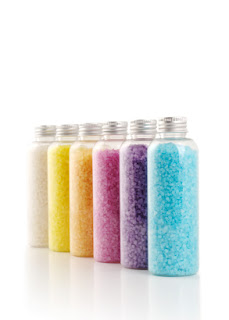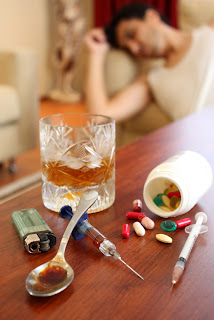Alcohol is a drug that achieves its effects by acting as a depressant on the brain and central nervous system. While anyone who drinks heavily, and especially over a long period of time, is liable to suffer negative consequences in terms of brain health, this risk appears to be especially high among young people. This is due to the fact that alcohol apparently affects the brain of an adolescent differently than it does an adult brain. In the light of recent research, it is evident that now is the time for increased efforts to keep young people away from alcohol. In the same way that pregnant women are discouraged from consuming alcohol due to the damage that drinking can cause to the baby in utero, teenagers should also be restrained from drinking alcohol because by doing so they may be causing themselves to suffer serious and long-term brain damage.
This is above and beyond the reasons that are currently forwarded against teen drinking. Adults already try to keep young people away from alcohol in order to prevent a number of different negative possible outcomes that can include:
• Poor academic performance
• Absenteeism and truancy
• Getting involved in fights and other types of violence
• Starting to use other drugs
• Development of alcohol dependence or alcoholism
• Overdose and alcohol poisoning
• Having unprotected sex, leading to sexually-transmitted disease or unplanned pregnancy
• Injury or death in a drunk driving car accident
Despite the efforts of parents, teachers and others to prevent adolescent drinking, the problem continues to be a serious one. According to the results of the 2012
Monitoring the Future survey, published by the National Institute on Drug Abuse, 11 percent of 8th-graders, 27.6 percent of 10th-graders, and 41.5 percent of 12th-graders admit to having used alcohol in the past 30 days. Even those who escape the above-listed dangers of teen drinking apparently unscathed may still face a future of suffering long-term consequences of their youthful excess.
Why Teenage Drinking Is More of a Problem
The human brain does not finish developing until some time in the mid-20’s. Drinking during the period when the brain is still growing and building new pathways and connections, therefore, sets the stage for future problems. Alcohol is essentially a poison, as reflected by the fact that someone who has been drinking is said to be intoxicated. Some of the most recent research seems to demonstrate that people who subject their brains to the assault of drinking at a young age may be breaking down their natural resistance to getting hooked. A survey published in the Archives of Pediatrics & Adolescent Medicine involved the responses of more than 43,000 American adults. It was found that only 9 percent of those who waited until age 21 before starting to drink became alcoholics. Those who began before the age of 14 years, in contrast became alcoholics at a rate of 47 percent, more than 5 times more often.
Alcohol’s Physical Effects on the Brain
The possible reasons for this are easy to understand. As has been demonstrated through studies involving rats, whose brain response to drugs and alcohol is similar to that of humans, heavy alcohol consumption can cause damage to two key areas of the brain. The first, the forebrain, is involved in impulse control and prediction of consequences. Loss or impairment of these two qualities and abilities can make it all but certain that a young person will end up becoming dependent on alcohol, since he or she will be less capable of saying no to having another drink and of recognizing the possible ramifications of heavy drinking. The other component of the brain that is often damaged by drinking is the hippocampus, the area commonly associated with learning and memory. This type of damage may account for the blackouts that drinkers often experience, in which they cannot remember what happened though they did not lose consciousness.
Teenagers may be especially liable to suffering alcohol induced brain damage. A study conducted at the University of North Carolina found that of rats who were put on an alcohol binge, the adolescents suffered approximately double the rate of neuron death as other rats. To make matters worse, teenagers who drink have been found to be less sensitive to the neurotransmitter associated with falling asleep, so that they are often able to stay awake for longer periods in order to keep drinking and therefore to do even more damage. Most teens who drink do so with an attitude of “you only live once,” but if they understand that they are far more likely to suffer long term brain damage as a result, they may be less likely to do so.






